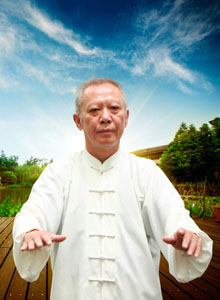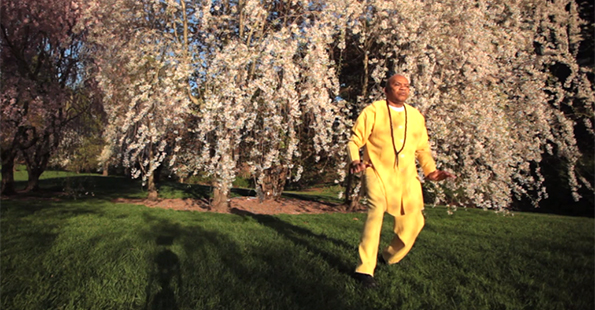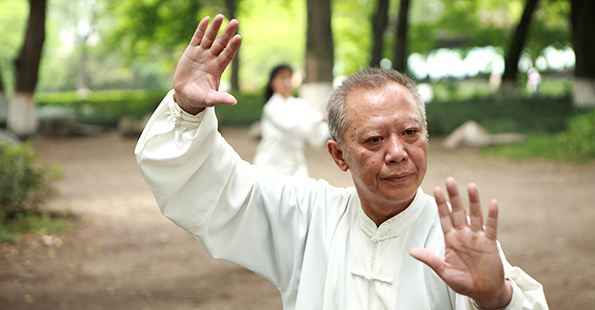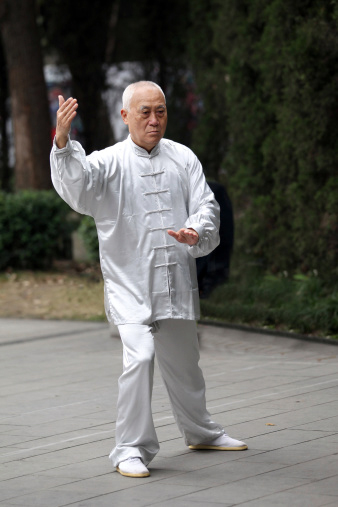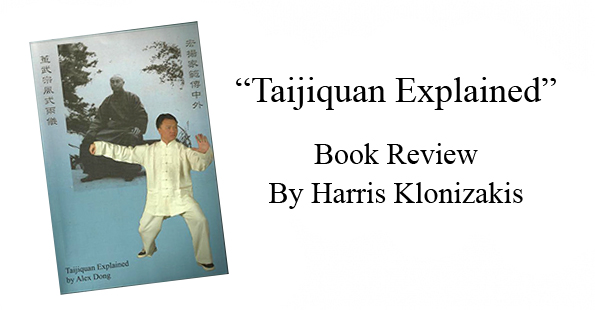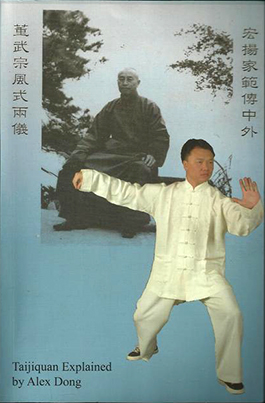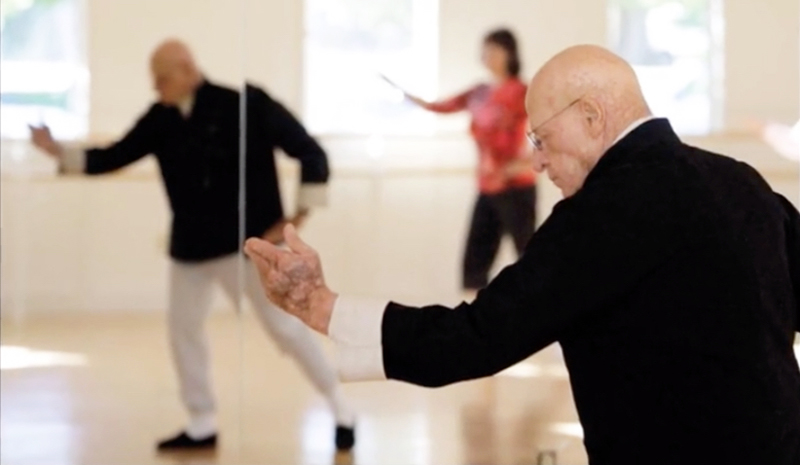Tai Chi Chuan is normally practiced in quiet settings such as studios and parks. In this wonderfully filmed video we get to see the art of Tai Chi Chuan being practiced by Marco Gagnon, performing his art in the urban setting of the city.
Marco Gagnon is passionate artist who has been interested in drawing and martial arts from an early age. He has carried these passions into his adult life and is now a professional graphic designer, and instructor of Tai Chi Chuan. Marco Gagnon is the director of a Tai Chi Chuan school dedicated to the teachings of Yang Zhenduo and Yang Jun, and is also the President of Martial Arts graphic design company as well as a full-time designer with the company.
The video was created by Marco Gagnon and his friend, Steve Pellerin, who is a photographer. You can see some of Pellerin’s work at StevePellerin.comn. The final work on the video had been created by elem5nts.com which is the graphic design department of Gagnon’s company.
[quote]”We wanted to express the hardness contained into the softness of the Yang Style. Keep the hardness and speed of the movement into the softness and slowness to produce the energy without loosing it. This is one of the secrets of good practice. But how can you produce Chi if you don’t have intention into the movement? We wanted to show the production of energy through the movement…. my English is not really good to express this concept. I hope you understand what I mean…
We also use different locations to show that Tai Chi Chuan was originally an outside practice and wanted to keep the «urban» style in mind!”
– Marc Gagnon –
[/quote]
Marco Gagnon has been learning the Yang Family style of Tai Chi Chuan from Yang Jun for more than 14 years. You can find out more about Marco by visiting his website MarcoGagnon.net
If you are interested in seeing the great martial arts graphics from his company, you can see more at the website MartialArtsGraphics.net.

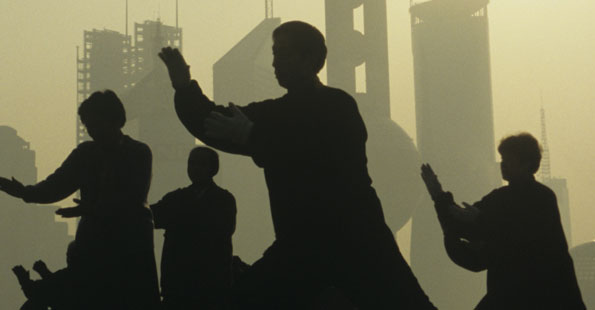
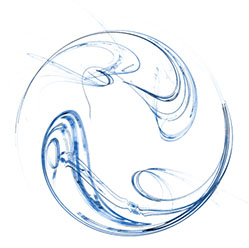 Tai Chi Chuan is often described as meditation in motion. With this feature, the simultaneity of physical action and the achievement of a meditative state of awareness, Tai Chi Chuan has become famous. This fusion of inner stillness and outer movement leads to a special feeling. One is in the here and now, highly concentrated. All the worries of everyday life are forgotten and it simply feels good. The own body, breathing and the change of movements are perceived without being focused on it. Mihaly Csikszentmihalyi saw this kind of inner experience also in artists at their work. He named this state flow experience and investigated it in further studies.
Tai Chi Chuan is often described as meditation in motion. With this feature, the simultaneity of physical action and the achievement of a meditative state of awareness, Tai Chi Chuan has become famous. This fusion of inner stillness and outer movement leads to a special feeling. One is in the here and now, highly concentrated. All the worries of everyday life are forgotten and it simply feels good. The own body, breathing and the change of movements are perceived without being focused on it. Mihaly Csikszentmihalyi saw this kind of inner experience also in artists at their work. He named this state flow experience and investigated it in further studies.